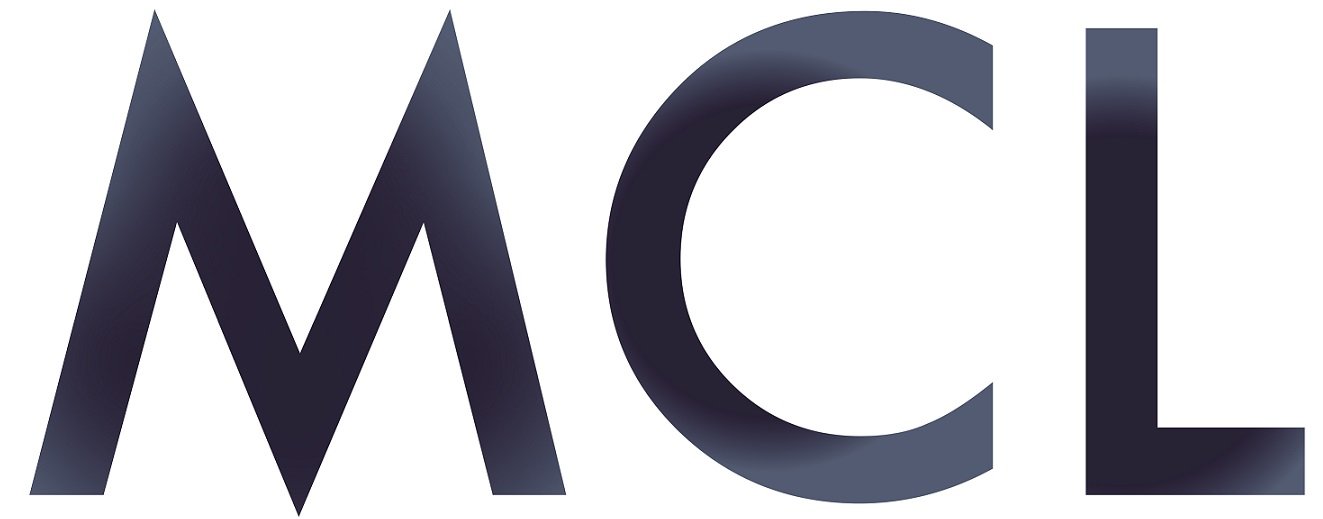Some of our DAM case studies
We implemented DAM at this client with three main objectives:
To manage the usage rights of its fashion product photographs to ensure that they only used them where they had negotiated the permissions
To allow its stores to access visual merchandising plans and images
To manage the photographs that we were captured in one location, organised in another and printed in a third - and re-purposing some images for use in large format point-of-sale posters
MCL worked with two different software providers in order to deliver the full solution integrated with different business functions and multiple business systems..
— Large UK department store retailer
A large book retail organisation needed to organise its product photography with supporting sales text.
The organisation was capturing and using about 25,000 product images per year, retouching them and then outputting them via their in-house repro studio to digital proofs. They needed a platform with which they could save production costs, and also reduce the time taken to to assemble the assets for each of their advertisements, mailing campaigns and club magazines.
The DAM system we implemented provided the backbone that allowed the client to co-ordinate and synchronise the work of the teams involved in their promotional work. It integrated the photographic, design, repro and print systems and teams.
— Book retailer
This UK charity needed to organise its photographs so that they could be accessed only by authorised users at remote locations throughout the world. The charity had a very large historical archive of global relevance and their archive was perviously very difficult to organise and access.
MCL implemented DAM at the charity and its use was rapidly expanded within the organisation to include current images, promotional campaigns and for merchandising sales.
We continued to help them expand their use of DAM to include its use in their photographic studios.
— Large UK charity
A Government department that produced a substantial volume of manuals was undertaking a migration of its page-generation language away from SGML. As part of the project that MCL delivered, a DAM was implemented to help the client to manage the migration to the new production of its manuals.
We configured the DAM system for them to allow them to control access to the full library by project, subject, version and user.
It allowed the users to see only “their” work and also a structured process of approvals higher in the organisation. What could have been an insurmountable tasks of wholesae changes to a high volume of material was made managable through the use of DAM.
— Public sector: Government department
